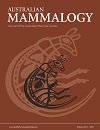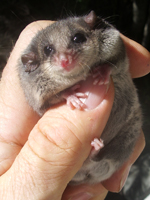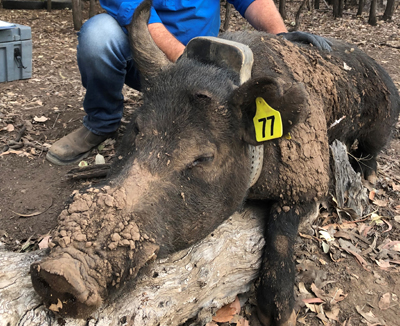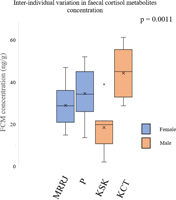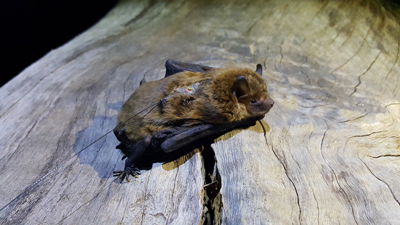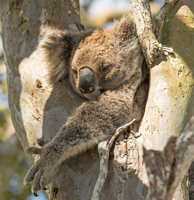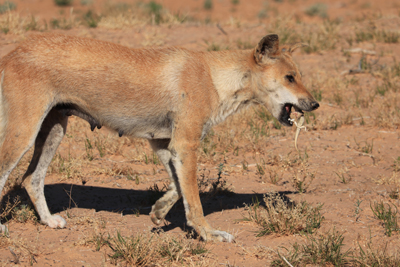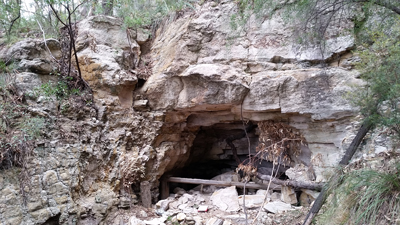AM22028A review of progress of a research program for the endangered northern quoll (Dasyurus hallucatus) in the multi-use landscapes of the Pilbara
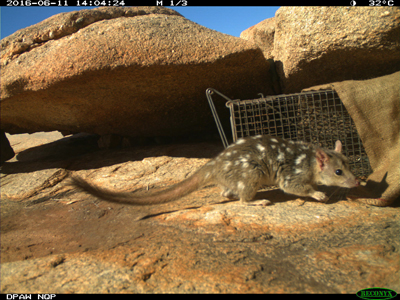
Northern quolls in the Pilbara are genetically distinct from other populations, and as cane toads are yet to reach this region, it is considered a stronghold for the species. Even so, the region is a mining hotspot and, until relatively recently, knowledge on how the northern quoll population was faring was lacking. Here, we provide a review of a research program that has greatly improved our ecological understanding of the species in this region.


